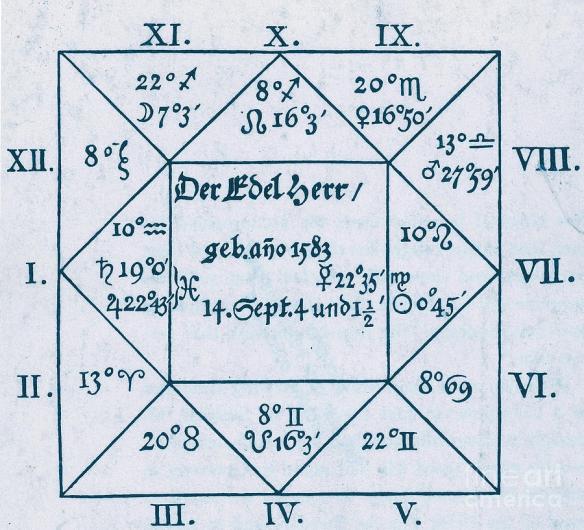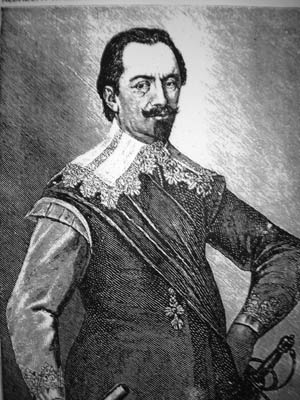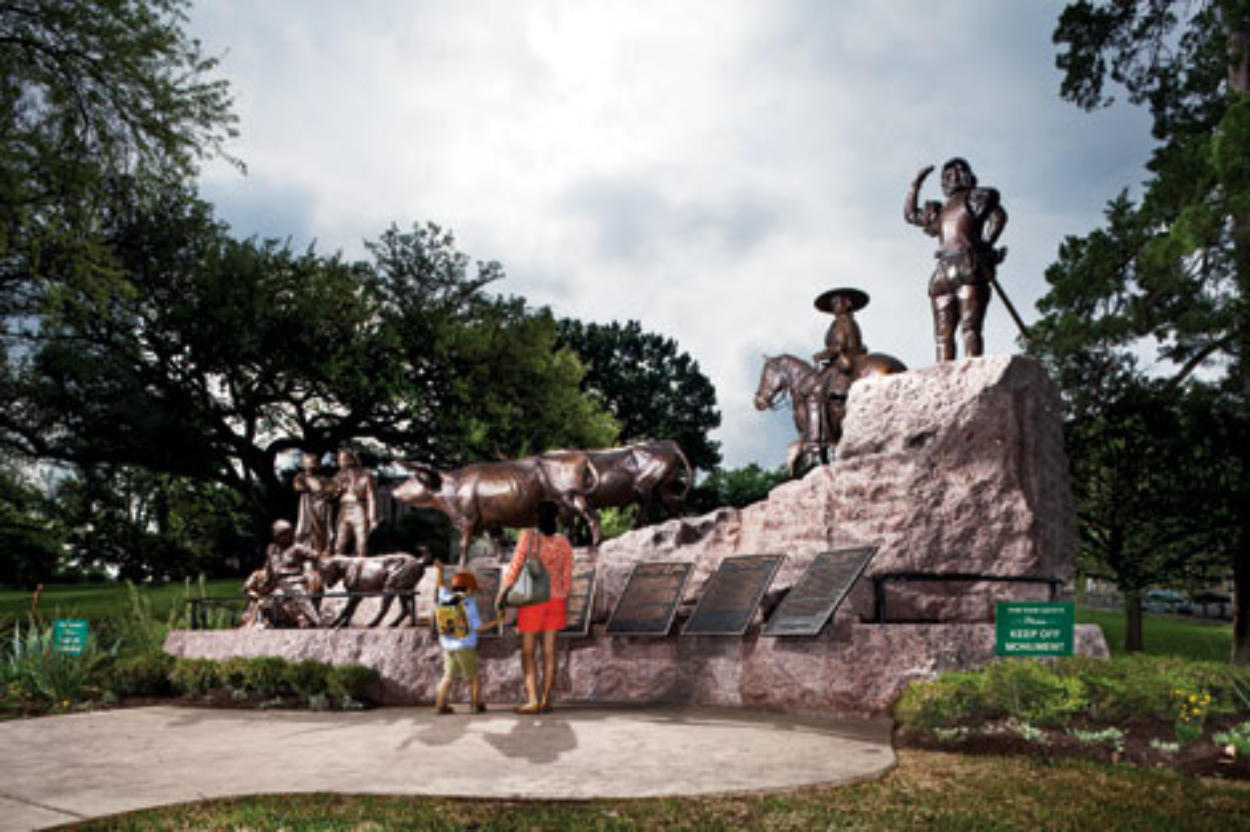When I was a kid, I would often ask myself why, when I took courses on world history, the first half of the course was oriented around Greece and Rome, with brief forays into Chinese and African civilizations, and the second half of this history of the world focused on the industrialization of the west and the disastrous series of wars brought to the world stage in the 20th century by again, western civilization. Finally, these courses wrapped world history in a neat little box by showcasing the liberty and peerless strength of the United States.
The End.
Sure, for a kid this is far easier to follow than the complex series of social developments, inter-cultural exchange and the complex dynastic, religious, and political interests that created the world as we know it. It’s a narrative with an almost storybook feel to it. It’s comfortable and familiar.
To some of us.
Once upon a time, the Greeks and the Romans, (and by the way, the Chinese, Indian, and a bunch of other civilizations that we don’t really need to know about), decided to start thinking about stuff, making war upon their neighbors, and just be, in general, imperialist and xenophobic. Those habits are okay though, right? They did invent civilization after all. Well, western civilization at least. The fact that Chinese civilization had been flourishing for thousands of years before the rise of the Rome is reduced to a mere footnote. The contributions of the Yoruba, the Han, the Quechua, the Iroquois and the Tamil are the equivalent of a brief pause or an improvised joke or anecdote in a long speech. These cultures being overlooked in the classroom is simply unforgivable.
That story, though… it seems ridiculous, right? Nobody in their right mind could possibly believe history is a straight line that looks something like this:
Greece => Rome => Great Britain => United States of America
But many do. I’ve spoken about my love of history and tried to share it with many, but for a great deal of people, if the information shared doesn’t fit into this framework, it’s simply in one ear and out the other. It’s a terrible loss for all to reduce the blossoming of diversity on the world stage to a clumsily constructed narrative that only speaks to the experiences of one particular ethnic and religious group. While there are many exceptional teachers out there that really want to expose their students to histories that aren’t their own, (and by that I mean, not those of their own heritage), I personally never experienced that until I started college. My teachers before that had encyclopedic knowledge of the west, but were functionally illiterate to the histories outside of the European sphere.
Personally, I love learning the histories and mythologies of all four of the aforementioned civilizations. If you want more, however, you have to seek it out. These are the prescribed civilizations that western societies have chosen to define our culture, and in some cases, even reduce the complexity of other civilizations by viewing it through the lens of the American and European experience.
To me this is the greatest challenge we face as historians, and more specifically, as public historians. Not only must we observe and understand other individuals experiences on a cultural level, we must also attempt to overcome the inherent biases we all naturally have in order to understand and record their histories in their own words, and not simply transcribe it into language we find comfortable and familiar. All of us, even the most accomplished historians have so much to learn from others’ experiences, and it would be a great shame if we didn’t at least try to observe and learn from them from on at least somewhat impartial platform. Our collection of historical experiences isn’t a vacuum, nor should it be viewed that way. We simply need to make sure we’re all aware that our own identity and our own heritage isn’t the center of the universe and the only lens through which others’ histories can be seen. I believe every single one of us here knows this, and I suppose I wrote this simply to put these thoughts into words as a reminder to myself. I want to be capable of doing this, and I think it’s easier to say you are capable of understanding others’ experiences and histories without comparing them to your own than actually do it.
Forgive me for the all the sarcasm in this post, please. I believed it was the best way to express how ridiculous the topic at hand can be. For this blog, each week I plan to discuss a separate culture that has long been overlooked, and discuss the ways in which their histories have been generalized and portrayed in a reductive or romanticized manner, and hopefully contribute something to the discussion of who they really were and what really happened.




